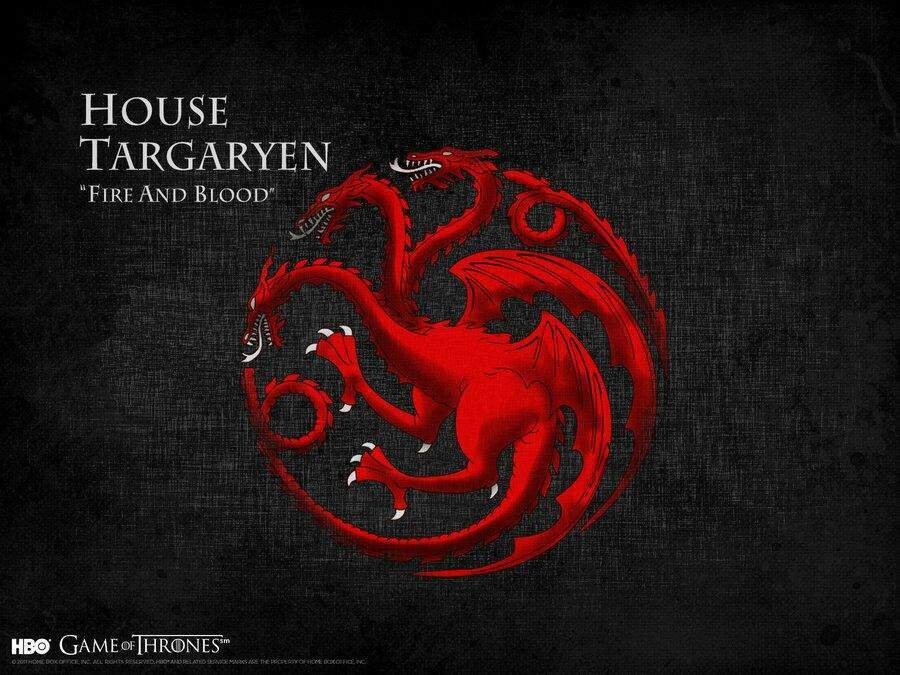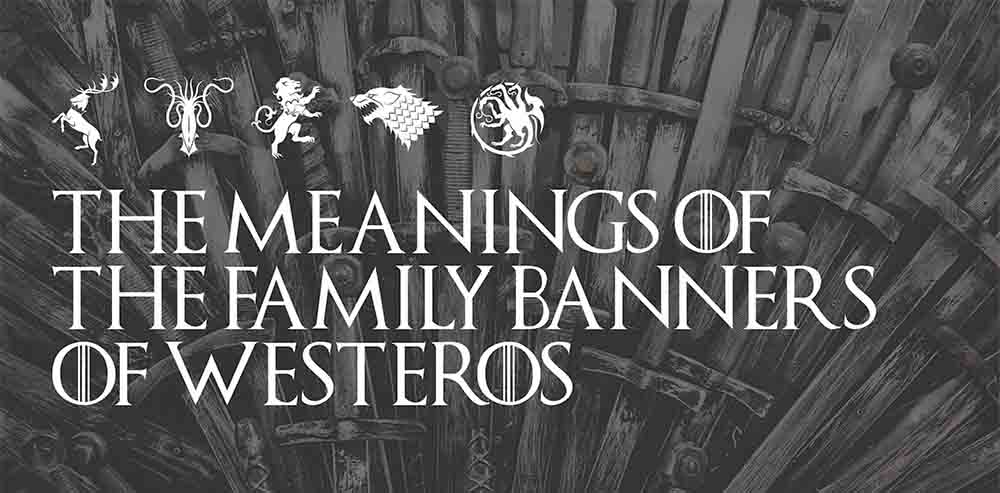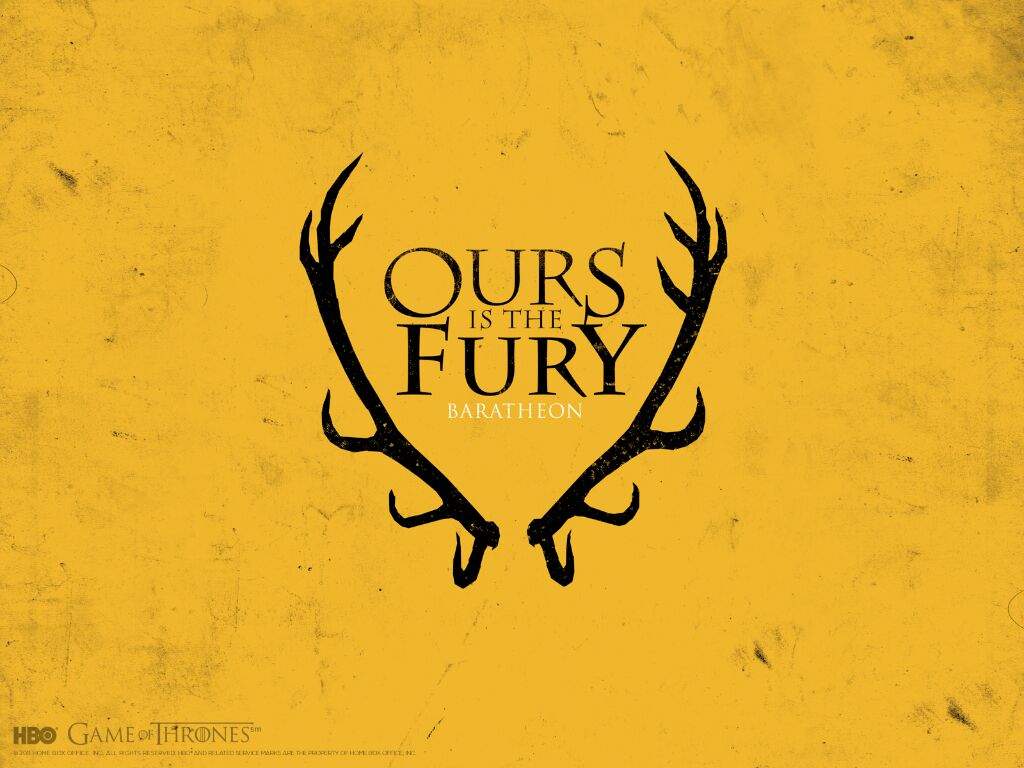Historical Origins and Symbolism of Westerosi Banners

Westeros banners meaning – The banners of Westeros, with their vibrant colors, intricate patterns, and distinctive sigils, are more than just decorative displays. They are a testament to the rich history, noble lineage, and enduring values of the great houses that have shaped the realm for centuries.
The origins of these banners can be traced back to the Age of Heroes, when legendary figures like Bran the Builder and Lann the Clever first raised their standards in battle. These early banners were often simple, bearing the colors or symbols of the warrior who carried them. Over time, however, as the great houses emerged and established their power, the banners evolved into more elaborate and symbolic representations of their identities.
Color and Symbolism
The colors used on Westerosi banners hold great significance. Gold, for example, represents wealth and power, while red symbolizes passion, courage, and bloodshed. Blue evokes the sea, sky, and ice, while green represents the forests and fields of the realm. Black, often associated with the Night’s Watch, signifies mystery, darkness, and the unknown.
The patterns and sigils depicted on the banners are equally rich in meaning. The three-headed dragon of House Targaryen symbolizes their ancient Valyrian heritage, while the direwolf of House Stark represents their connection to the North and their unwavering loyalty. The golden lion of House Lannister speaks to their pride, ambition, and wealth, while the kraken of House Greyjoy evokes the power and danger of the sea.
Representation of Noble Houses
Westerosi banners are not merely symbols of power and lineage. They also embody the values and aspirations of the noble houses that bear them. The honor and bravery of House Baratheon is reflected in their golden stag, while the wisdom and cunning of House Tyrell is symbolized by their golden rose. The faith and piety of House Tully is represented by their silver fish, while the resilience and adaptability of House Arryn is captured by their white falcon.
Through their banners, the great houses of Westeros proclaim their identity, their history, and their values to the world. These banners are more than just pieces of cloth; they are the living symbols of the realm’s rich tapestry, connecting the past to the present and shaping the destiny of Westeros for generations to come.
Classification and Design of Westerosi Banners

The banners of Westeros are a vibrant and diverse tapestry of colors, shapes, and symbols, each one a reflection of the house that bears it. They serve as a visual representation of power, loyalty, and history, and are an integral part of the cultural landscape of the Seven Kingdoms.
Westerosi banners can be broadly categorized into three main types based on their shape and purpose: house banners, war banners, and personal banners.
House Banners
House banners are the primary banners of a noble house. They are typically rectangular or square in shape and display the house’s sigil, or coat of arms. The sigil is a unique design that represents the house’s history, values, and lineage.
- Stark of Winterfell: A grey direwolf on a white field, representing the house’s connection to the North and its fierce nature.
- Lannister of Casterly Rock: A golden lion on a crimson field, representing the house’s wealth and power.
- Targaryen of Dragonstone: A three-headed red dragon on a black field, representing the house’s ancient Valyrian lineage and its claim to the Iron Throne.
War Banners
War banners are used by armies to identify themselves on the battlefield. They are typically larger than house banners and often incorporate additional elements, such as the house’s motto or battle cry.
- Baratheon of Storm’s End: A black stag on a golden field, with the motto “Ours is the Fury.”
- Greyjoy of Pyke: A golden kraken on a black field, with the motto “We Do Not Sow.”
- Tyrell of Highgarden: A golden rose on a green field, with the motto “Growing Strong.”
Personal Banners, Westeros banners meaning
Personal banners are used by individual knights and lords to distinguish themselves from their house’s main banner. They often incorporate elements of the house banner, but with unique variations that reflect the individual’s personality or achievements.
- Jaime Lannister: A golden lion on a white field, with a red sword added to represent his status as Kingslayer.
- Sandor Clegane: A black dog on a grey field, representing his fierce and loyal nature.
- Brienne of Tarth: A blue shield with a silver star, representing her unwavering honor and loyalty.
The design of Westerosi banners is governed by a strict set of heraldic rules and conventions. These rules dictate the colors, shapes, and symbols that can be used, as well as the proper way to display them. The use of heraldry in Westeros is a complex and fascinating subject, and one that has been studied by scholars for centuries.
Cultural and Political Significance of Westerosi Banners: Westeros Banners Meaning

Banners hold immense cultural and political significance in Westerosi society, serving as powerful symbols that define identity, declare allegiance, and convey messages. They are not mere decorative emblems but potent instruments that shape the political landscape and diplomatic negotiations.
Cultural Significance
Banners embody the cultural heritage and values of each house. Their colors, designs, and symbols carry deep meaning, representing the history, traditions, and aspirations of the family. They foster a sense of unity and belonging among members, reinforcing their shared identity and purpose. Banners are often displayed in castles, halls, and battlefields, serving as a constant reminder of the house’s legacy and its place in the realm.
Political Significance
Banners play a crucial role in political conflicts and diplomatic negotiations. They serve as visual representations of power and authority, declaring allegiance to a particular house or faction. During battles, banners guide soldiers on the battlefield, identifying friend from foe and rallying them under a common cause. In diplomatic settings, banners are used to establish legitimacy and convey messages of peace or hostility. They can signal a desire for alliance, a declaration of war, or a demand for surrender.